

Picture this: you’re baking a cake, but you don’t measure the flour, forget to preheat the oven, and write nothing down. Even if it comes out delicious once, could you recreate it? Probably not. Now imagine if that “cake” wasn’t dessert but a new drug that millions of people depend on. That’s where Good Laboratory Practice or GLP becomes more than just a guideline. It’s the lifeline of reliable science.
You’ve probably heard the acronym tossed around, but what are good laboratory practices? In the simplest words, it stands for Good Laboratory Practice, a set of rules that make sure lab studies are done in a way that’s careful, consistent, and trustworthy.
good laboratory practices first took shape back in the 1970s. Regulators started noticing some labs were cutting corners—sometimes by accident, sometimes on purpose. Results didn’t match, studies couldn’t be repeated, and, in some cases, people’s safety was at risk. To stop that, authorities laid down a framework. From then on, labs doing non-clinical safety studies had to prove they followed good laboratory practices.
It’s less about making science slower and more about making it dependable. Without it, one lab’s breakthrough could be another lab’s mystery.
The phrase GLP’s full form in pharma is worth unpacking because this is where GLP shows its full importance. In pharmaceuticals, GLP means Good Laboratory Practice applied to every non-clinical safety test before a drug reaches humans.
Think about it: before a tablet makes it to your pharmacy shelf, it’s gone through years of toxicology studies, stability checks, and safety screenings. If those tests weren’t done under good laboratory practices, regulators like the FDA (in the U.S.) or EMA (in Europe) wouldn’t even look at the data.
So in pharma, good laboratory practices aren’t optional—it’s the ticket that gets your research through the regulatory door. Without it, a company might spend millions on studies, only for the results to be thrown out.
When you strip away the technical language, good laboratory practice is about a few simple but powerful ideas:
It sounds strict, but in practice, it’s about creating an environment where mistakes are rare and trust is built into every step.
Let’s bring this down to earth. Imagine a lab running safety tests on a new antibiotic. Under good laboratory practices:
If regulators knock on the door years later, that trail of evidence shows not just what was done, but how it was done.
Here’s the thing: science without good laboratory practices might still look like science, but it’s fragile. A study without proper documentation can’t be trusted, even if the results seem right. And when the consequences involve human health, “probably correct” isn’t enough.
Although people often link good laboratory practices with drug research, its reach is much wider. Agrochemicals, food additives, cosmetics, and even environmental monitoring—each relies on good laboratory practices. A pesticide study in one country can be accepted in another if it follows good laboratory practices, thanks to harmonized rules set by organizations like the OECD (The Organization for Economic Co-operation and Development).
This global recognition is powerful. It means fewer repeated animal studies, faster approvals, and a shared trust in data that crosses borders.
Of course, GLP is not without its headaches. Smaller labs sometimes struggle with the cost of compliance. Training new staff again and again can feel like a never-ending task. And yes, the paperwork—endless logs, checklists, and signatures—can feel overwhelming.
But the benefits outweigh the effort. Labs that stick with good laboratory practices discover that things run more smoothly, errors are caught earlier, and data flows more clearly. Over time, it stops feeling like red tape and starts feeling like second nature.
In short, good laboratory practice is not just a rule—it’s a culture of doing science the right way.
A: GLP stands for good laboratory practices. It is a set of rules that makes sure lab studies are done in a way that’s careful, consistent, and trustworthy by maintenance, regulatory practices, maintaining records, and proper planning.
A: No, GMP stands for Good Manufacturing Practices, and mainly ensures the quality and safety
of the products being manufactured, like medicines, food, and beverages, etc. While GLP
stands for Good Laboratory Practices, that is a set of rules to oversee consistent and
trustworthy lab studies through regular planning and record keeping.
● Organizing facilities for logical and safer workflow.
● Regular maintenance and calibration of Laboratory equipment.
● Written instructions, known as SOPs (Standard Operating Procedures), are to be
followed for routine tasks.
● Planning and maintaining a detailed record of every study being conducted.
● Properly storing and labelling data.
● It is important for building trust and reliability in laboratory procedures and results.
● Significant for proper record keeping and data retrieval at the time of need.
● Important to maintain best practices in the laboratory environment.
● It keeps all the inventory and equipment in check.
● It makes sure someone is always in charge and responsible for everything going on in
the laboratory to avoid malpractice.
● It encourages innovation in new methodologies.
● It ensures proper compliance with the code of conduct.
● It maintains uniformity and consistency.
● It ensures accuracy and error-free results.
● It makes the laboratory result much more reliable.
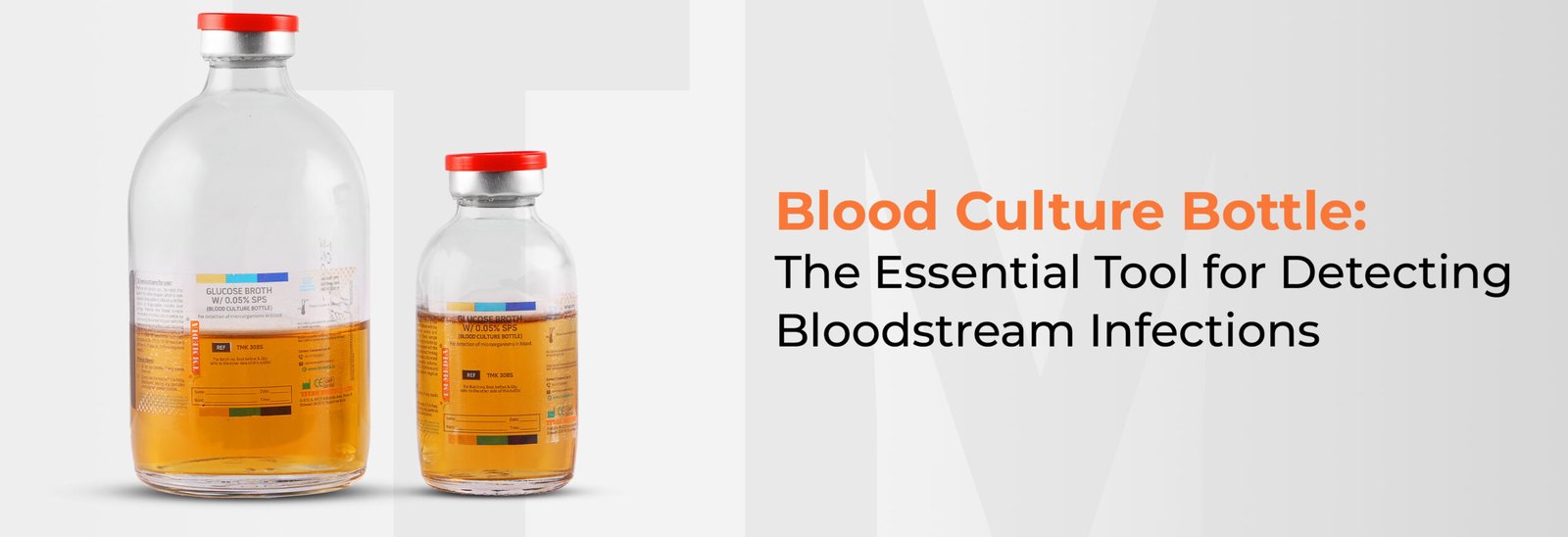
Imagine this: your body is a fort, defended by walls, guards, and intricate defences. But occasionally, raiders slip through the...
Read More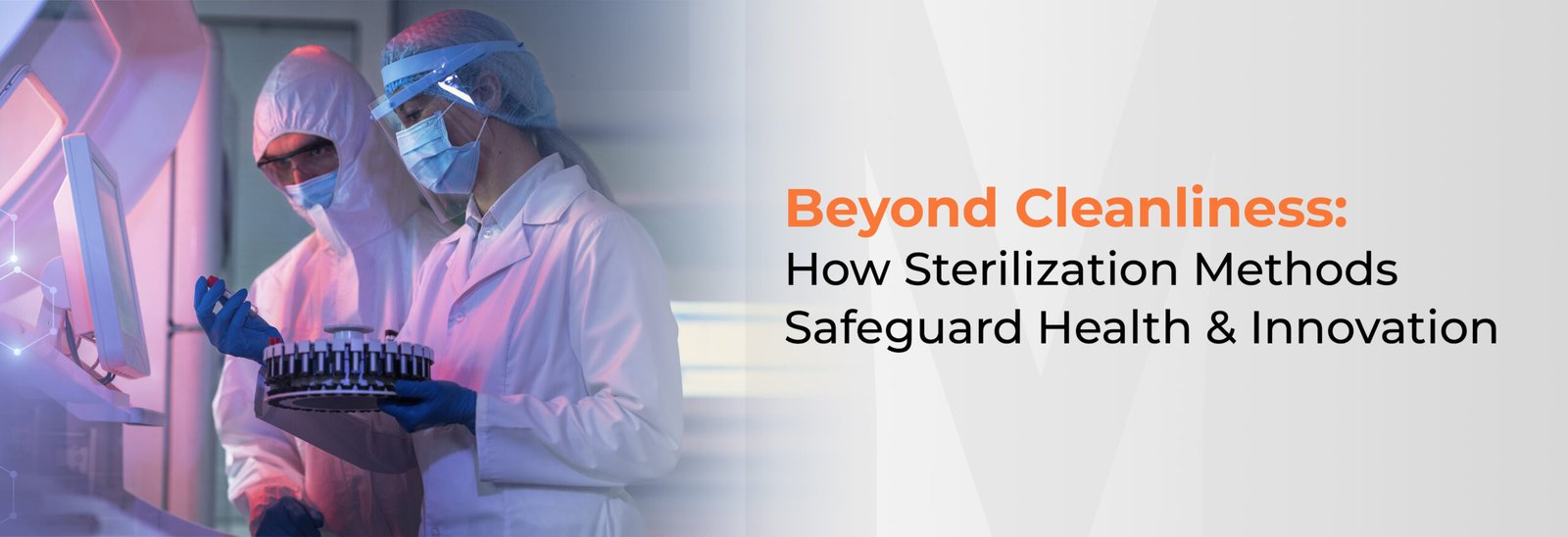
Think about, you are cooking food for loved ones. You’d wash your hands, clean the utensils, and make sure everything...
Read More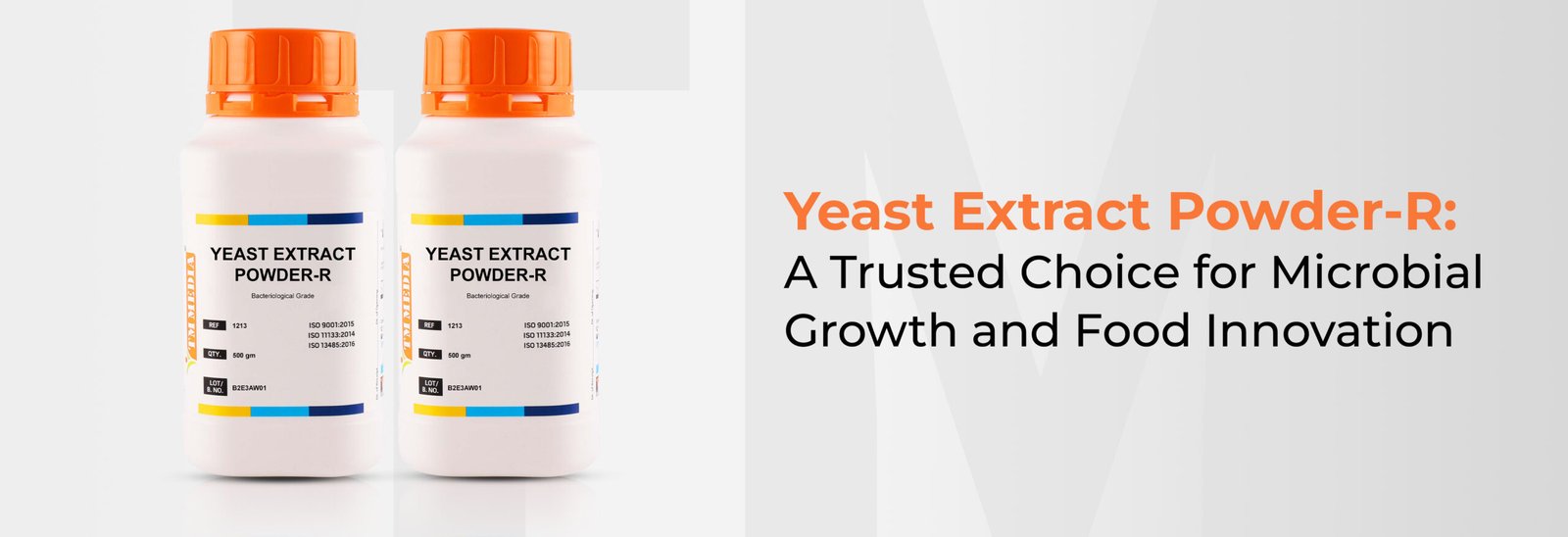
Some secrets are not written in books but brewed in cells too small to see. Just as a cook adds...
Read More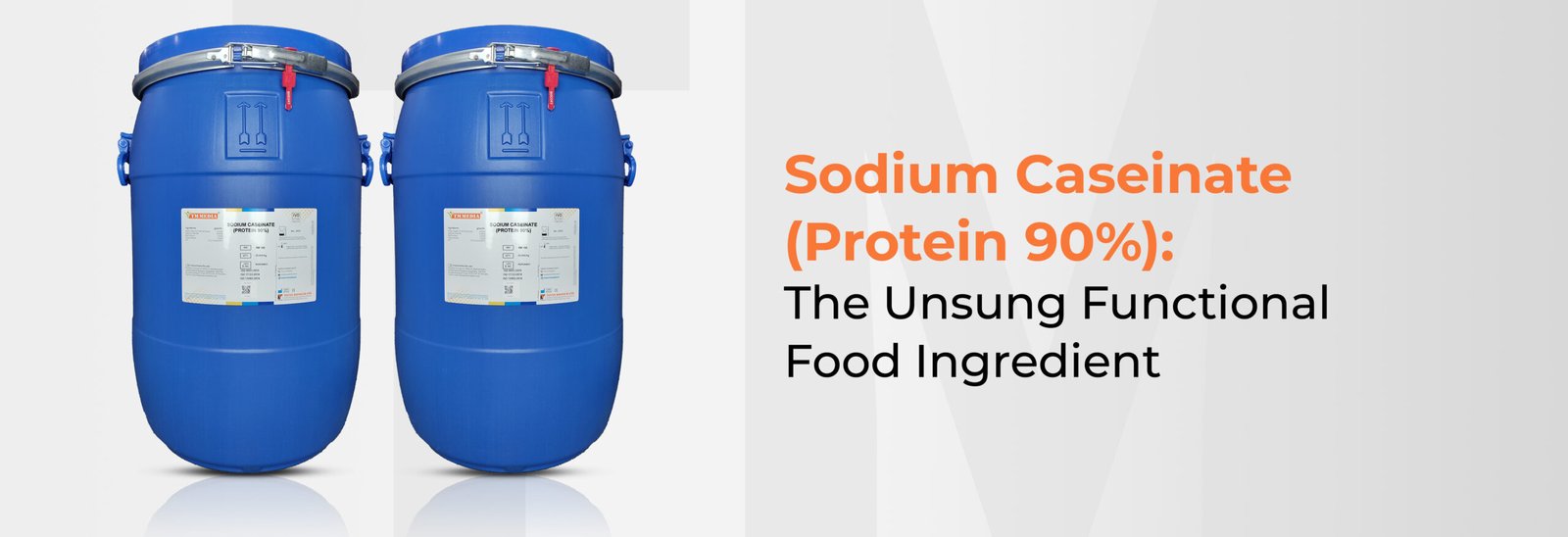
Ever flipped a nutrition label and set foot in a food lab, you have probably come across a name that...
Read More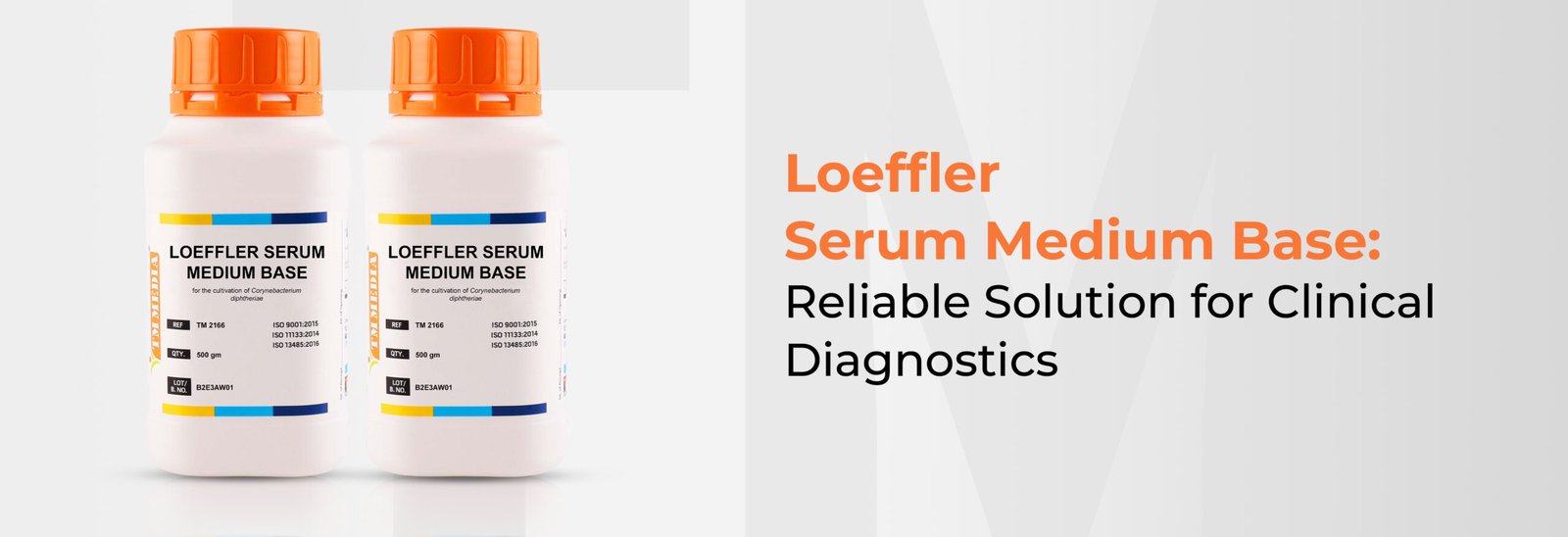
In clinical and investigative microbiology, loeffler serum slope has been crucial in the isolation and investigation of Corynebacterium diphtheriae, the...
Read More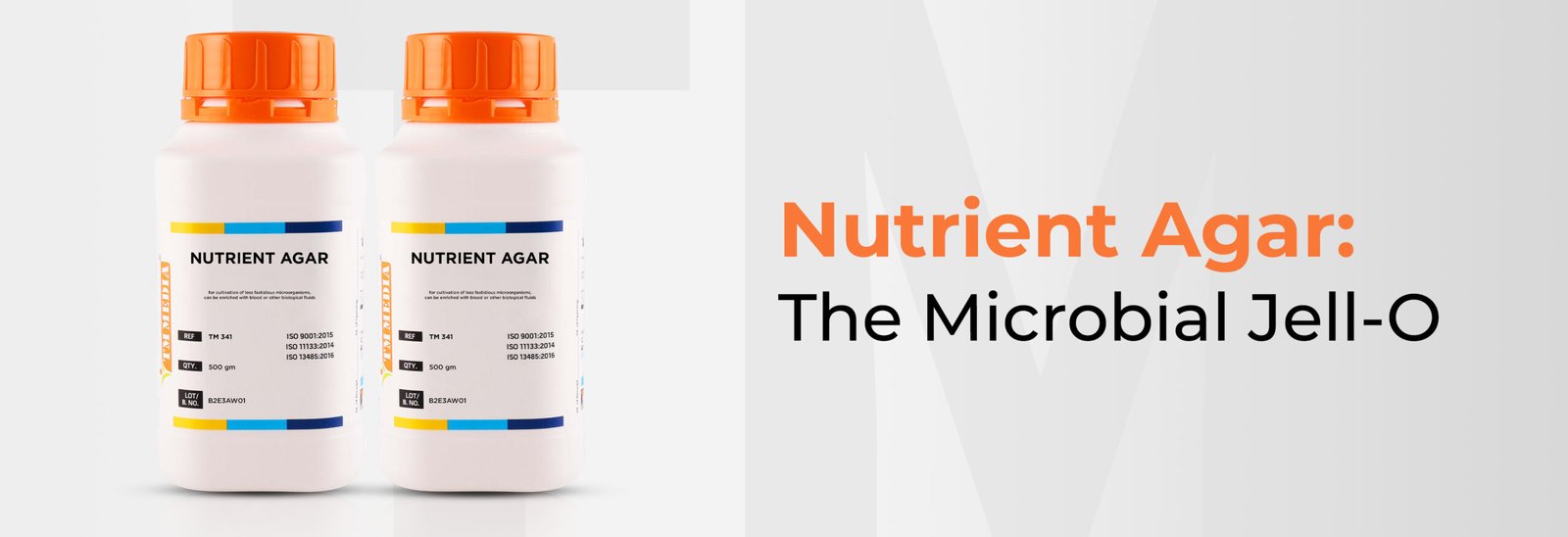
Walk into any microbiology lab, and you’ll notice something: shelves stacked with bottles labelled “nutrient agar ” and rows of...
Read More